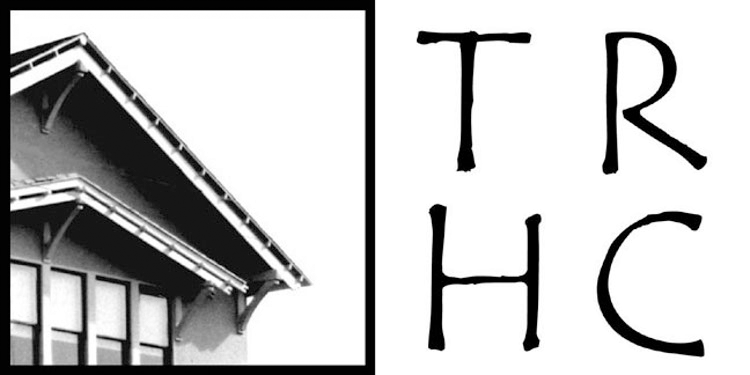Tomales and Beyond 1900‒1945 : An Ella Jorgensen Retrospective
As you may know, work has been progressing slowly on this long-planned retrospective of the work of local amateur photographer, Ella Jorgensen (1864‒ 1945). This blog includes an introduction to the photographer, and a bit about the exhibit’s planned intentions.
Ella Frisbie was born in Bodega to Mary and Samuel Frisbie, just a year after the pioneer couple arrived at the Tomales port after a trip around the Horn from the East Coast
When she was eighteen, Ella married Danish immigrant Fred Jorgensen. Their marriage was a long and happy one; the couple was active and busy, with many friends.
These activities and friends, family members, and neighbors were frequent subjects of Ella’s photographs. Often individuals and small groups were photographed on a small bench beneath a redwood tree in the Jorgensens’ garden. We have come to call these pieces Bench Portraits. They were among her most formal and carefully-planned works.
The retrospective is planned to show as many of the hundreds of Jorgensen’s photographs as possible. Subjects range from local people, businesses and buildings, towns and streetscapes, animals, cars and trains, to documentation of events as large as the ’06 earthquake, and as small as the day her young niece and nephew surprised her by appearing for a Bench Portrait wearing each other’s clothes.
Clearly, Ella Jorgensen very often chose subjects close to her— whether people, inanimate objects, or events. And judging from her post-earthquake images, she also had a keen interest in documentation. She traveled to Santa Rosa and San Francisco to photograph ruins in 1906, and shot many images at two Tomales cemeteries of fallen gravestones, writing on each negative the direction in which the monuments fell.
Her work shows us that, at times, composition and other aesthetic qualities were a goal secondary to producing a visual record. Clearly Jorgensen frequently snapped the shutter simply to preserve something that interested or delighted her. And this perceived intent somehow makes her body of work all the more interesting — and very personal.
The more I know of Mrs. Jorgensen, the more I admire her. And I hope that the History Center’s retrospective — opening this autumn — will succeed in giving our visitors both an impression of the Shoreline region during the dynamic first half of the 20th century, and a glimpse of the photographer herself.
photo by Ella Jorgensen ca. 1918
photo by Ella Jorgensen ca. 1904


